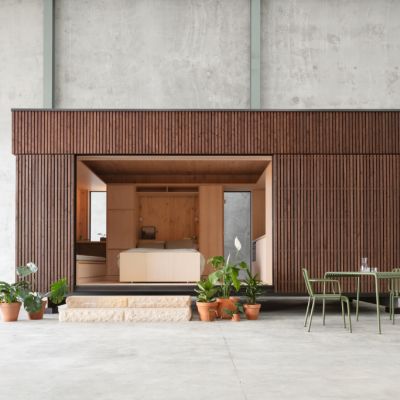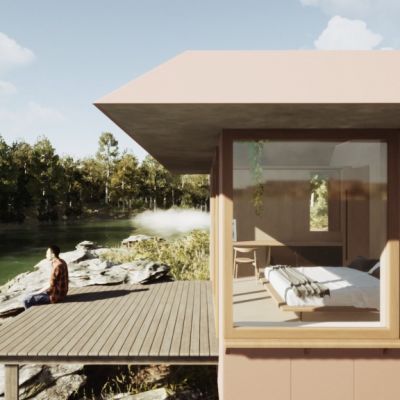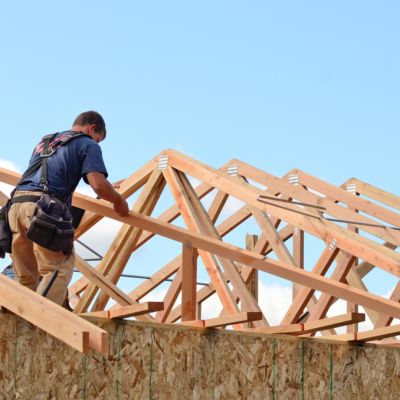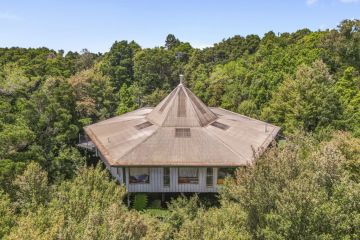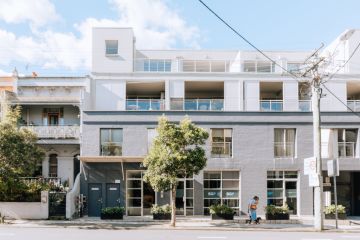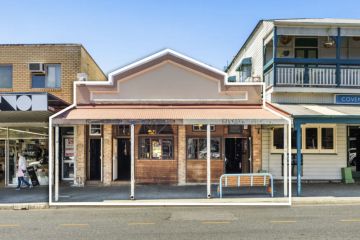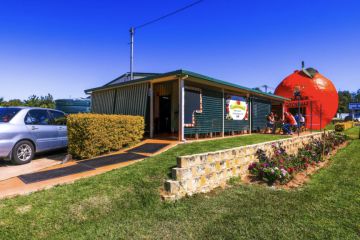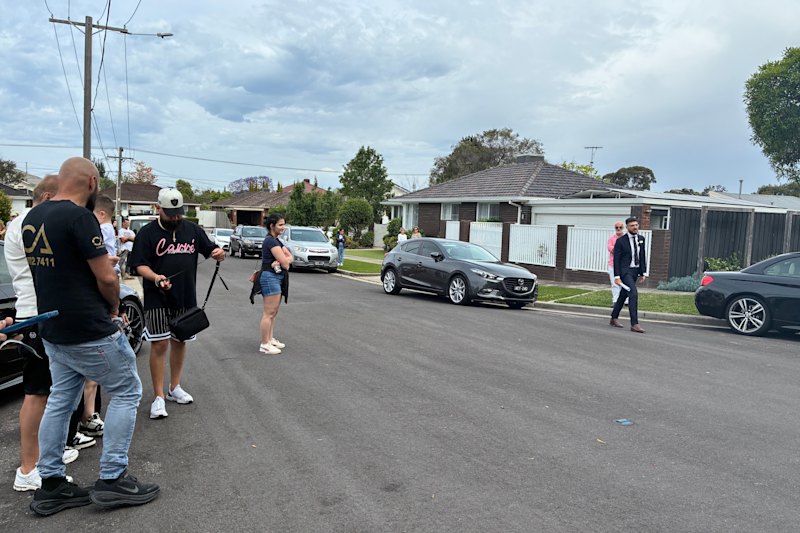Everything you need to know about putting a tiny house on your property
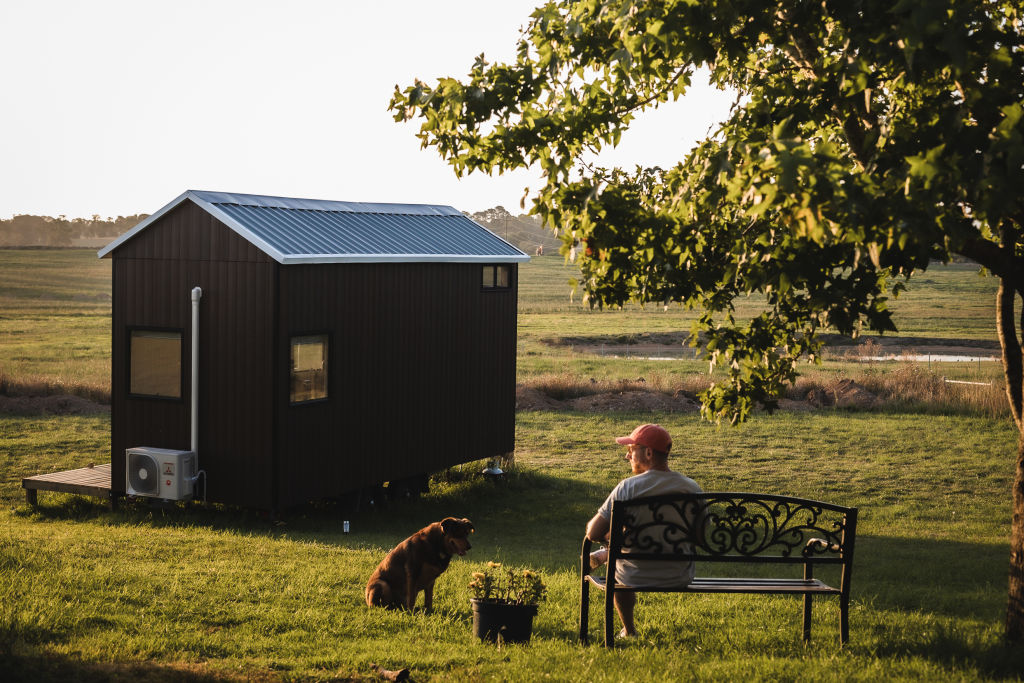
There’s something about being holed up in a space smaller than some garden sheds, disconnected from the humdrum of daily life on an isolated property that appeals to plenty of holiday-makers.
The tiny house and eco-tourism movement has grown in popularity in recent years, with businesses like Tiny Stays, Unyoked, Kindled and In2thewild appealing to stressed-out city dwellers looking for an escape and those looking to reduce their environmental footprint.
Tiny Away was started in 2017 by three friends after one spent time on holiday along Victoria’s Great Ocean Road. The mates joined forces to build eco-friendly tiny homes using sustainable materials and place them on picturesque sites around Australia.
Co-founder Jeff Yeo says the business “was born out of a desire to offer people a place to escape from the city and recharge in nature”.
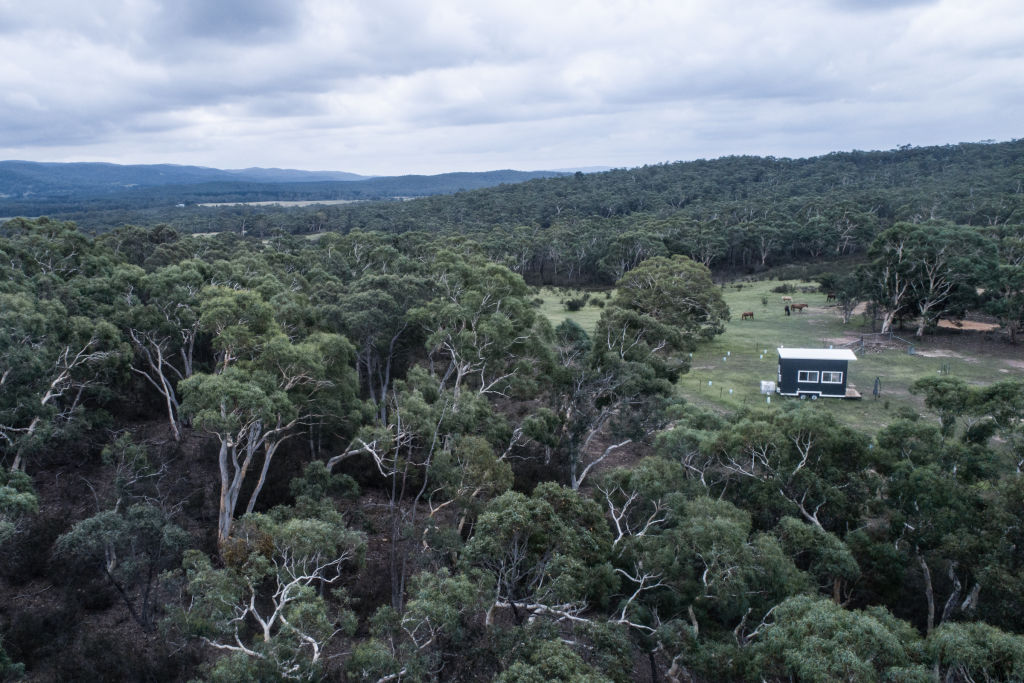
There are now over 70 Tiny Away homes dotted around the country, particularly NSW and Victoria, with six new locations recently revealed.
Think your pocket of paradise has what it takes to play host to holiday-hungry Aussie travellers? Well, it may.
All you need is a unique, picturesque or isolated property to accommodate a tiny home. The Tiny Away land sourcing team will do an onsite inspection and, if your property is deemed suitable, they’ll do an onboarding session to get you up to speed on all you need to know.
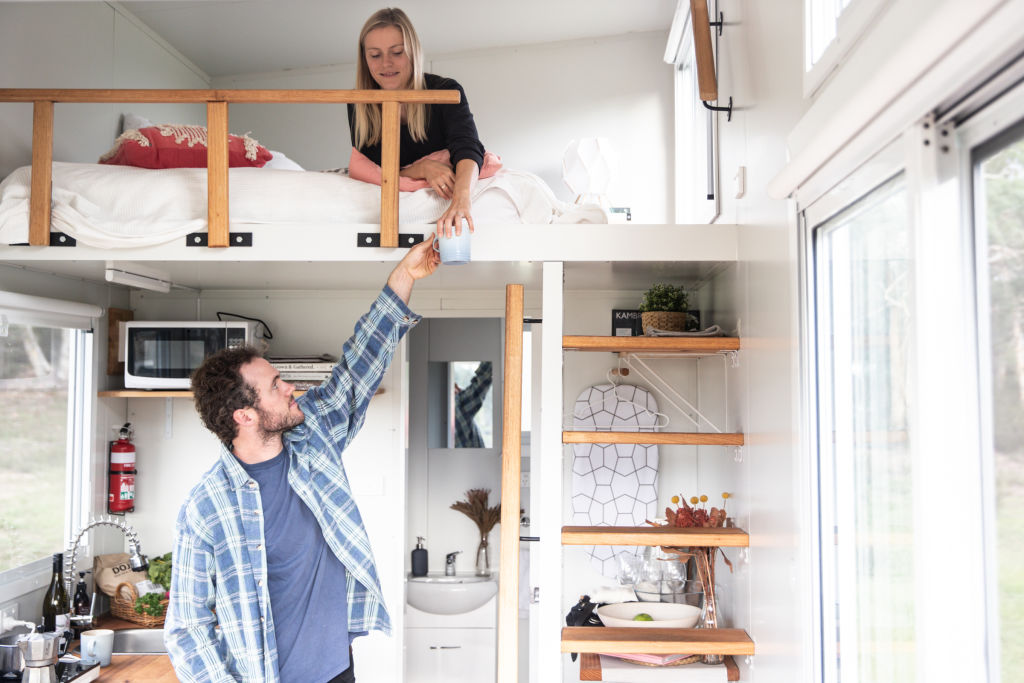
As rules and regulations around having a tiny home on your land vary between state and local councils, Yeo says research is vital.
“We advise our land partners to inform the local councils on their intentions and we provide the support to rectify any issues as pointed out by councils and ensure that they are resolved,” he says.
Sticking to the tiny home movement ethos, Tiny Away homes are designed to be sustainable, eco-friendly and reduce their environmental impact.
“They come fully furnished with a queen-sized bed, a fully equipped kitchen, toilet with hot-water shower and an outdoor deck for our guests to bask in the great outdoors.
“We make use of compost toilets for our tiny houses and also solar panels to harness the energy from the sun,” Yeo adds.

Assembled at factories in NSW and Victoria, the homes are built on trailer bases and towed to landowners’ properties and connected to electricity and water supplies.
In terms of pricing, Yeo says the tiny houses retail for $US60,000 and landowners do not need to pay any upfront capital. A profit-sharing arrangement means landowners can earn up to 45 per cent of rental revenue but this percentage varies between each land partner, depending on the level of infrastructure support they can provide.
“Should hosts provide additional hospitality products or services, like meals, activities, or merchandise, they keep 100 per cent of the proceeds. All cleaning fees go to them as well if they decide to take up the task of turning over the tiny house for the next guests. There are no ongoing fees that the land partners need to pay to us.”
In 2020, with border closures restricting travel, bookings for Tiny Away homes dried up and the team decided to stop renting out the homes. When restrictions eased in June, they were back with a bang.
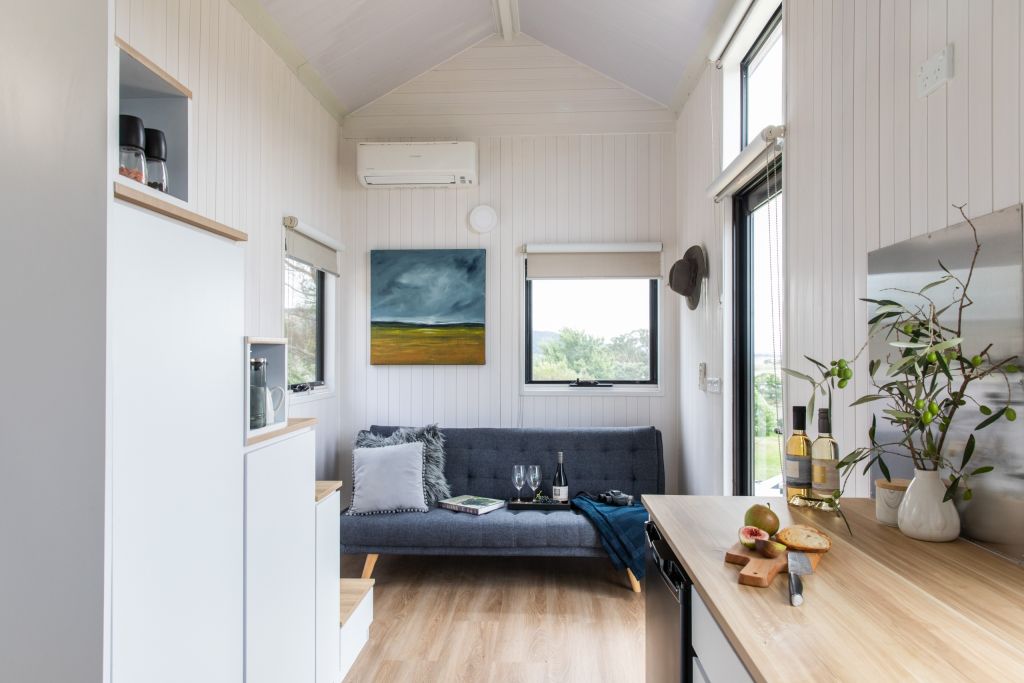
“In that month alone, we saw a 200 per cent increase in the number of bookings. Comparing pre- to post-COVID times, there was an increase of 500-plus per cent,” Yeo says.
Hosting a tiny home on your land for holiday-makers can not only generate additional income, but be extremely rewarding, too.
Helen Faulkner has two Tiny Away homes on her property in Braidwood in the NSW Southern Tablelands, hosting guests since 2018, and says ‘it’s a dream’.
“It’s so simple. You don’t need to worry about the administration side, the guests are incredible and the houses are so easy to clean.”
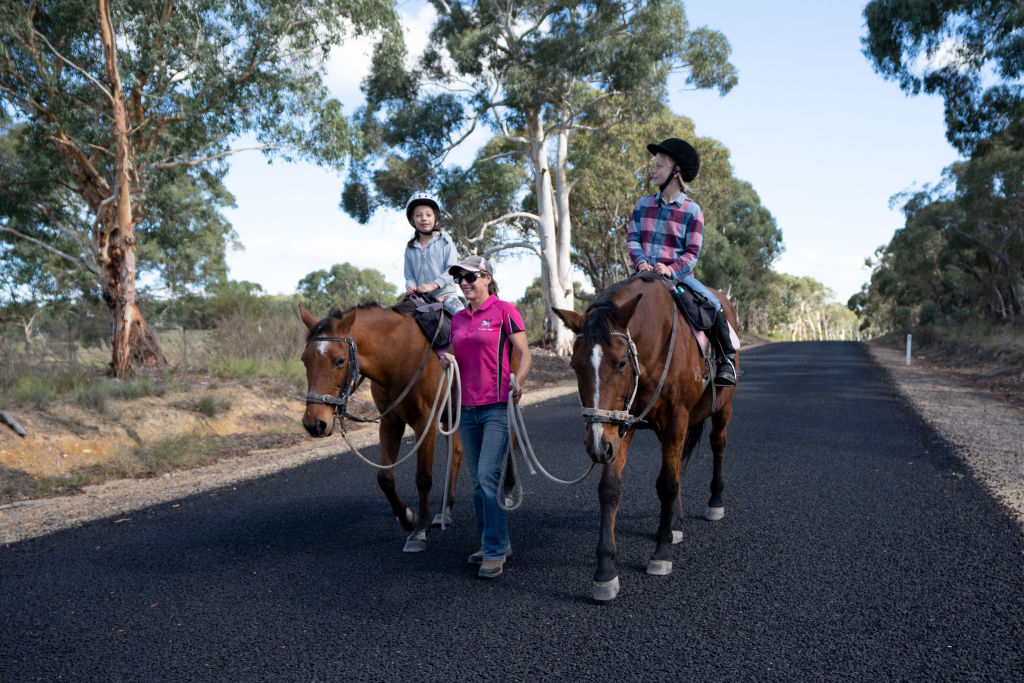
Faulkner got to choose the colours and design of the home she thought would look best on her property – a sprawling 68 hectares of rolling hills and woodlands – and says the day it arrived was “just like Christmas” as everything needed in the home was included.
“It was a great big chest full of goodies – there were kettles, linen, lamps, tables, glasses, an iron and ironing board – everything. It was incredible.”
Faulkner and her husband, who also run a horse-riding camp from the property, had a 15-amp power supply hooked up to one of the paddocks, which Faulkner says cost a few thousand dollars. They also invested in an $800 water tank and $200 pump to hook up to the homes, meaning guests are fully self-contained.
While COVID meant bookings took a hit, Faulkner says Tiny Away handled all the admin and rescheduled many bookings, giving her time to plant trees and rejuvenate parts of the land that were damaged by destructive bushfires in 2019.
Now, Faulkner says, enquiries and bookings have “increased magnificently” and they’re back welcoming holidaymakers up to seven days a week.
We recommend
We thought you might like
States
Capital Cities
Capital Cities - Rentals
Popular Areas
Allhomes
More
- © 2025, CoStar Group Inc.
